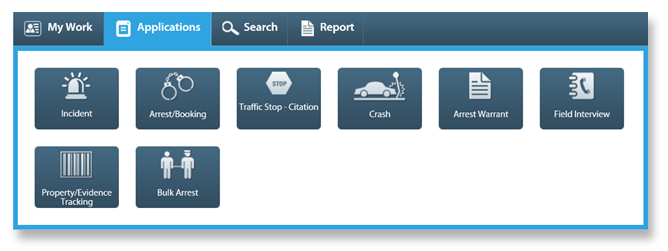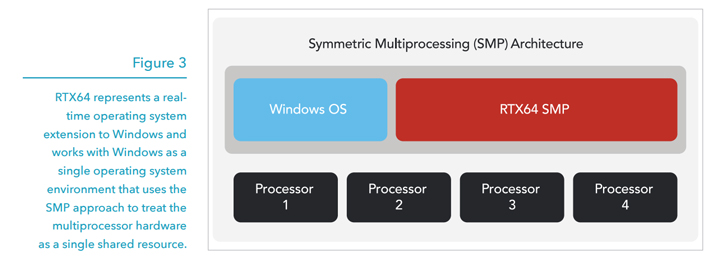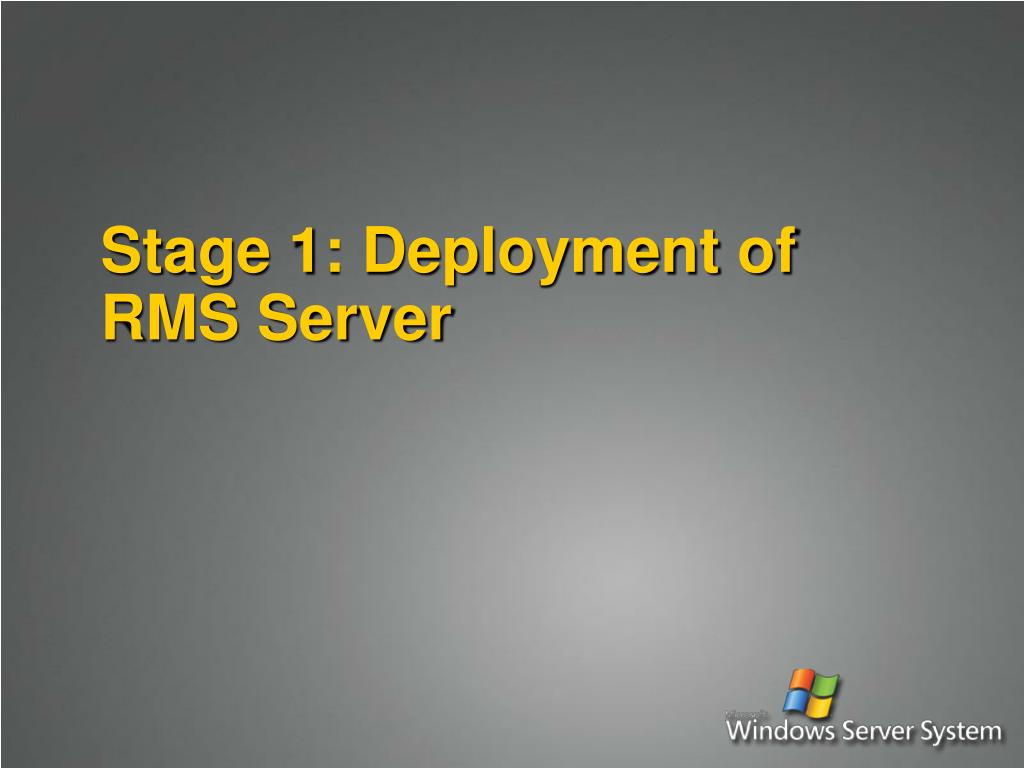

Usually, the data structure of the ready list in the scheduler is designed to minimize the worst-case length of time spent in the scheduler's critical section, during which preemption is inhibited, and, in some cases, all interrupts are disabled, but the choice of data structure depends also on the maximum number of tasks that can be on the ready list. On simpler non-preemptive but still multitasking systems, a task has to give up its time on the CPU to other tasks, which can cause the ready queue to have a greater number of overall tasks in the ready to be executed state ( resource starvation). The number of items in the ready queue can vary greatly, depending on the number of tasks the system needs to perform and the type of scheduler that the system uses.

Most tasks are blocked or ready most of the time because generally only one task can run at a time per CPU. Blocked (waiting for an event, I/O for example).In typical designs, a task has three states: Because switching took so long, early OSes tried to minimize wasting CPU time by avoiding unnecessary task switching. Time sharing designs switch tasks more often than strictly needed, but give smoother multitasking, giving the illusion that a process or user has sole use of a machine.Įarly CPU designs needed many cycles to switch tasks during which the CPU could do nothing else useful. Time-sharing – switches tasks on a regular clocked interrupt, and on events called round robin.Event-driven – switches tasks only when an event of higher priority needs servicing called preemptive priority, or priority scheduling.Also, see the list of operating systems for all types of operating systems.Īn RTOS is an operating system in which the time taken to process an input stimulus is less than the time lapsed until the next input stimulus of the same type. See the comparison of real-time operating systems for a comprehensive list.

Key factors in a real-time OS are minimal interrupt latency and minimal thread switching latency a real-time OS is valued more for how quickly or how predictably it can respond than for the amount of work it can perform in a given period of time. Scheduler flexibility enables a wider, computer-system orchestration of process priorities, but a real-time OS is more frequently dedicated to a narrow set of applications. Īn RTOS has an advanced algorithm for scheduling. An RTOS that can usually or generally meet a deadline is a soft real-time OS, but if it can meet a deadline deterministically it is a hard real-time OS. The chief design goal is not high throughput, but rather a guarantee of a soft or hard performance category. A late answer is a wrong answer in a hard RTOS while a late answer is acceptable in a soft RTOS. A 'hard' real-time operating system (hard RTOS) has less jitter than a 'soft' real-time operating system (soft RTOS). Event-driven systems switch between tasks based on their priorities, while time-sharing systems switch the task based on clock interrupts.Ī key characteristic of an RTOS is the level of its consistency concerning the amount of time it takes to accept and complete an application's task the variability is ' jitter'. Real-time operating systems are event-driven and preemptive, meaning the OS can monitor the relevant priority of competing tasks, and make changes to the task priority. All processing must occur within the defined constraints. Processing time requirements need to be fully understood and bound rather than just kept as a minimum. An RTOS is distinct from a time-sharing operating system, such as Unix, which manages the sharing of system resources with a scheduler, data buffers, or fixed task prioritization in a multitasking or multiprogramming environment. Computer operating system for applications with critical timing constraintsĪ real-time operating system ( RTOS) is an operating system (OS) for real-time computing applications that processes data and events that have critically defined time constraints.


 0 kommentar(er)
0 kommentar(er)
